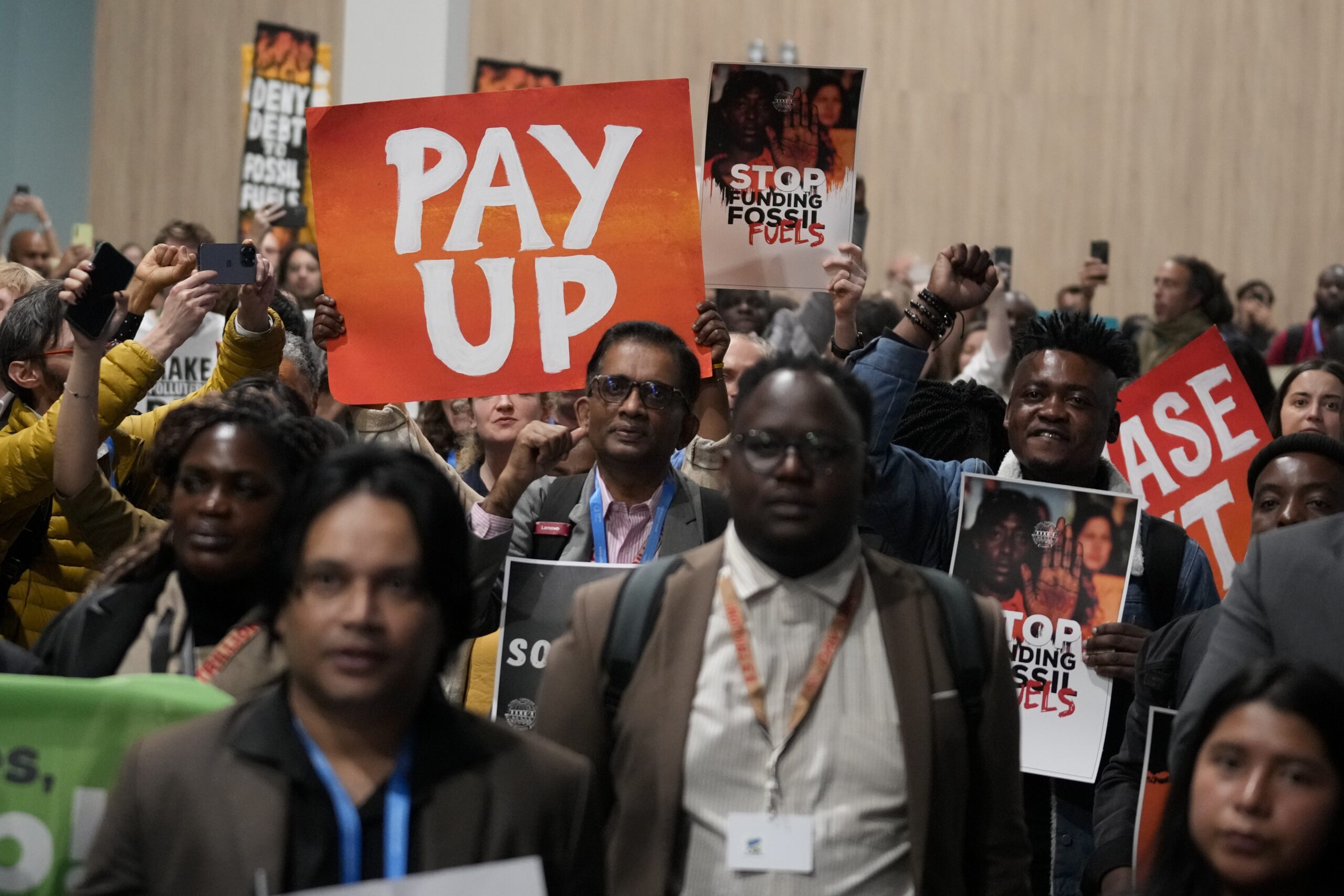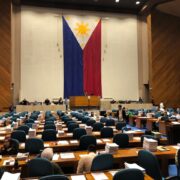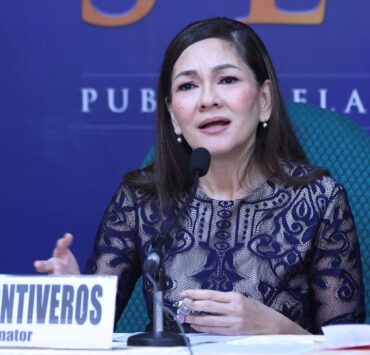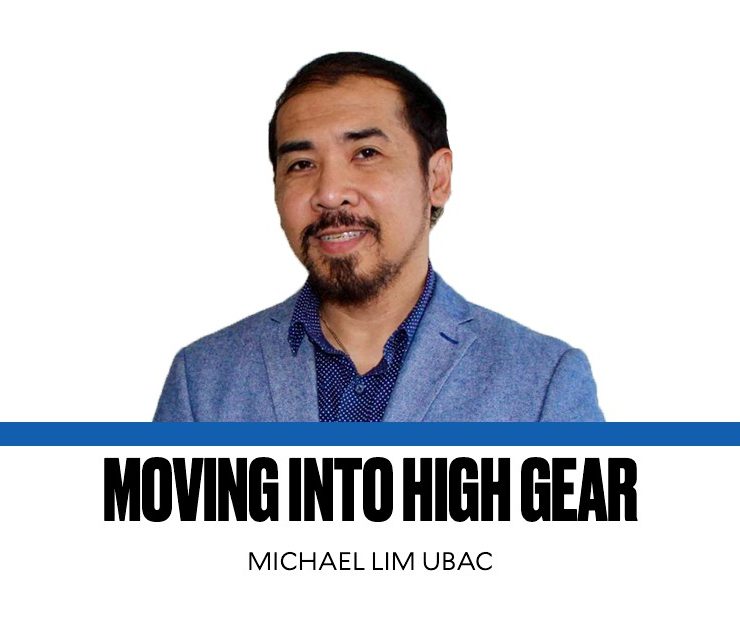Power play at COP29 climate talks
On the surface, the biggest stumbling block to the ongoing climate talks at COP29 in Baku, Azerbaijan is the fact that negotiators remain a trillion dollars a year apart in climate finance.
The Agence France-Presse (AFP) reported that “developing countries, excluding China, will need $1 trillion a year in foreign assistance by 2030 to wean off fossil fuels and adapt to worsening disasters. This number rises to $1.3 trillion annually by 2035, according to an expert economic assessment commissioned by the United Nations.”
COP stands for the Conference of the Parties to the United Nations Framework Convention on Climate Change.
At press time, three different figures are being bandied about, with no concrete figures being put on the table yet by negotiators from developed nations. They are $440 billion, $600 billion, and $900 billion.
Developing nations demand that rich nations foot the bill so that the former can cope with the adverse effects of climate change, such as floods, stronger storms, droughts, and rising sea levels. These climate impacts take their toll on the lives and livelihoods of the most vulnerable populations, with an ever-increasing frequency and intensity, as the planet continues to warm over unabated fossil fuel use.
The main argument for rich nations to foot the bill is the “polluter pays principle” enshrined in the 1992 Rio Declaration, which, in essence, requires those who caused environmental pollution to pay for it.
Since developing nations have contributed the least to climate change but still bear the brunt of its impacts, developed nations that are the historic polluters have a primary duty to assist the developing world through climate finance.
Included in this historic responsibility are the G20 nations that “are responsible for 77 percent of planet-heating gases being spewed,” according to a report by the Associated Press.
New Collective Quantified Goal
The existing commitment of $100 billion a year in climate finance is being used to help developing countries mitigate and adapt to climate change through renewable energy development, programs for low-emission pathways, disaster risk reduction and climate change adaptation measures, and subsidies for climate-resilient agriculture and sustainable infrastructure.
The climate fund will expire next year, which highlights the urgency of signing the New Collective Quantified Goal on climate finance moving forward.
But the heat is not just on wealthy nations. Climate negotiators at Baku also train their guns on China and Saudi Arabia, “which have become wealthy but are still listed as developing nations, to contribute to climate finance,” the AFP added.
In all these negotiations, it is easy to sense that rich nations have been resisting this “polluter pays principle” in many ways. First, oil-rich countries have hijacked the talks since COP28, and at COP29, they did so again.
Second, “developing countries want public grants, not loans and promises of private capital, to make up the bulk any new finance commitment,” said AFP. As expected, this proposal by developed countries to include loans only fuels resentment in the developing world, as it evokes the loans from global financial institutions that have only impoverished many developing countries.
But the more important question is, why should developing nations such as the Philippines, which has just been walloped by six successive storms in a span of one month, take out loans to repair damaged houses, infrastructure and farms, and help Filipinos get back on their feet when this climate-induced devastation is an offshoot of rich nations’ addiction to fossil fuels?

Old vs. new power
Money is not the only issue here. There is another one that is far more fundamental to how global affairs have been pursued, especially in post-World War II following the Bretton Woods agreement.
Since COP15 in Denmark, which I attended, the annual climate talks have turned into battlegrounds that have exposed this undercurrent in international relations.
The main flaw in the ongoing negotiations is fundamental: the international order is still using the “old power,” to borrow the term used by Jeremy Heimans and Henry Timms in the Harvard Business Review. This power is held by only a few to rule over the majority.
For much of our modern history, the power dynamics between developed and developing countries have been skewed to favor the former. And this paternalist system continues to rule the day, although the complexities of the problems spawned by climate change no longer fit and cannot be solved by utilizing the old power model.
Mirroring the configuration of the UN Security Council, the rich nations have de facto veto power in COP climate talks because they hold the power of the purse and have the money. The disadvantaged nations could only persuade them to give more and had to turn to begging for crumbs that fell off the rich man’s table.
Breaking the impasse requires accepting a “new power” that operates differently in a vastly changed world, where the Majority World is no longer docile. We can then utilize Heimans and Timms’ definition of this new power and apply it to the ongoing climate negotiations. “It is made by many. It is open, participatory, and peer-driven. It uploads, and it distributes. Like water or electricity, it’s most forceful when it surges. The goal with new power is not to hoard it but to channel it,” they said.
Since the disasters that hit this planet know no zip code, we can only hope that the worsening impacts of climate change would open the eyes of rich nations to the wisdom of tackling this existential crisis in a different light.
The best way to view climate change is through the eyes of the vulnerable poor, and therefore, we must pursue climate action with a genuine spirit of cooperation among siblings who inhabit only one world.
—————-
For comments: mubac@inquirer.com.ph


















